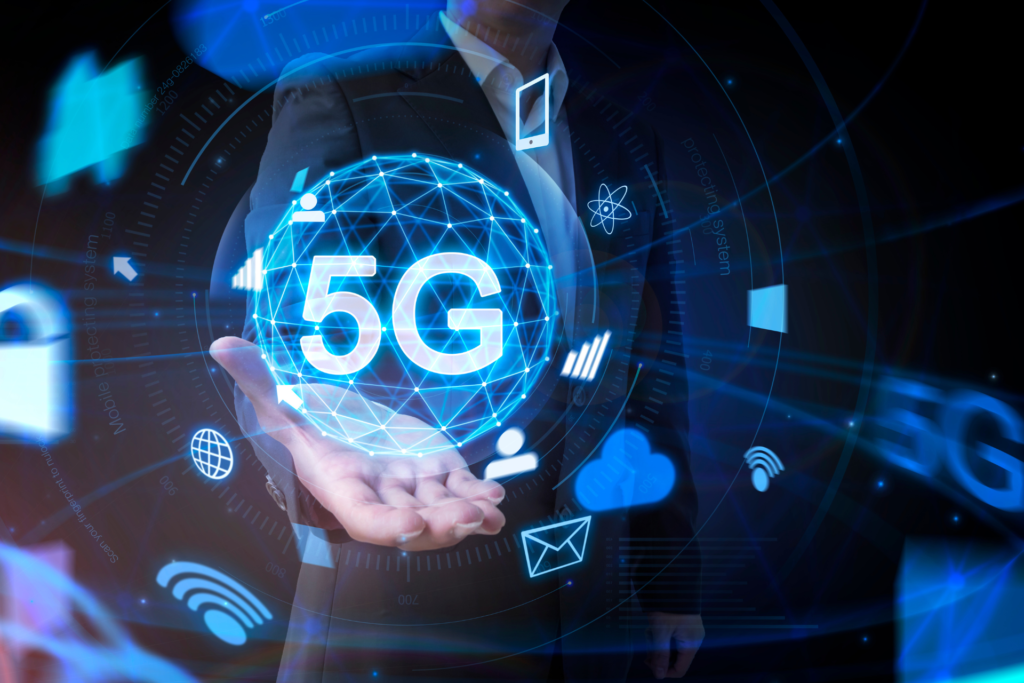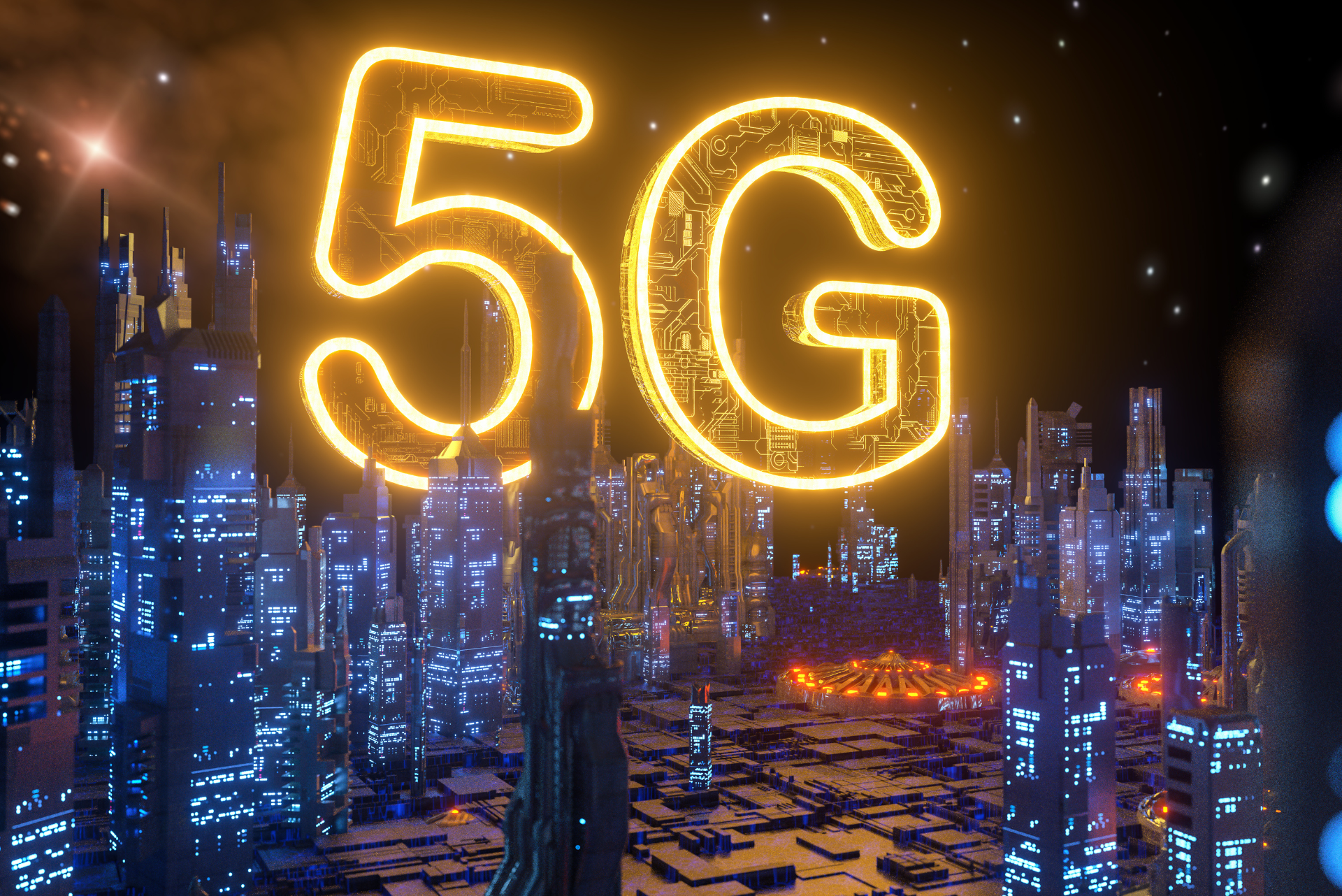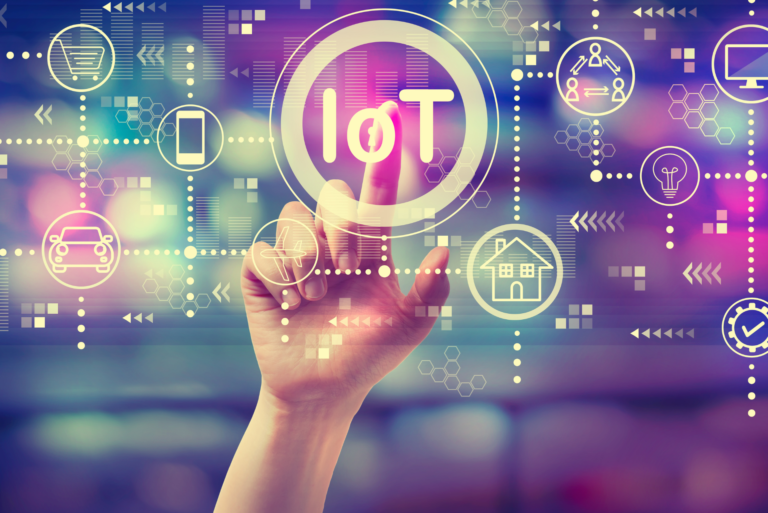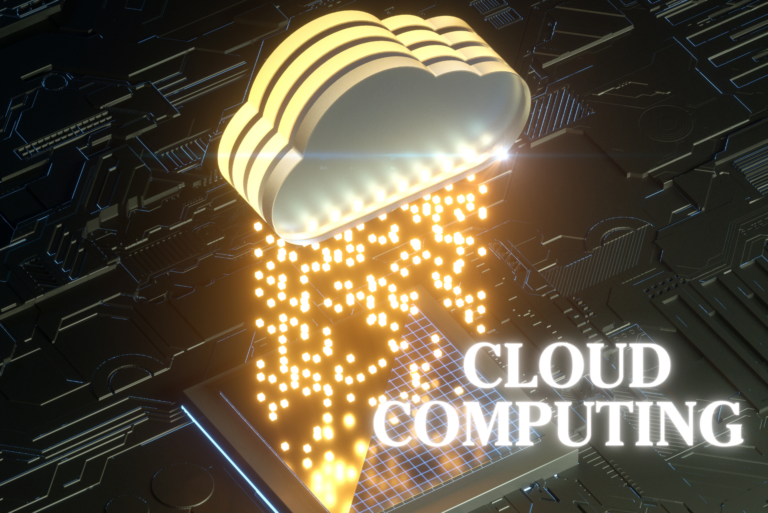The 5G Revolution: Unleashing the Power of Connectivity
Welcome to the era of 5G—the fifth generation of cellular networks that promises to revolutionize connectivity, communication, and digital experiences. In this comprehensive guide, we delve into the world of 5G technology, exploring its capabilities, impact across industries, benefits, challenges, and future prospects.
Applications and Use Cases
5G technology has a transformative impact across various sectors and use cases:
- Mobile Communication: With 5G, users experience ultra-fast download and upload speeds, enhanced video streaming quality, and improved real-time communication capabilities.
- Internet of Things (IoT): 5G enables massive IoT deployments by supporting a vast number of connected devices with low latency and high reliability, driving innovations in smart cities, healthcare, agriculture, and industrial automation.
- Autonomous Vehicles: 5G networks play a crucial role in enabling connected and autonomous vehicles (CAVs) by providing high-speed, low-latency communication for real-time navigation, safety features, and vehicle-to-vehicle (V2V) communication.
- Telemedicine: The low-latency nature of 5G facilitates telemedicine services with high-quality video consultations, remote patient monitoring, and real-time data transmission for healthcare professionals.
- Gaming and Entertainment: 5G enhances the gaming and entertainment experience with faster download speeds, reduced lag, and support for immersive technologies like augmented reality (AR) and virtual reality (VR).
Benefits of 5G
The adoption of 5G technology brings several benefits to individuals, businesses, and society:
- Faster Speeds: 5G networks deliver blazing-fast download and upload speeds, enabling quicker access to content and data-intensive applications.
- Lower Latency: Reduced latency ensures near-instantaneous response times, critical for real-time applications such as online gaming, video calls, and IoT interactions.
- Increased Capacity: 5G networks support a higher density of connected devices per unit area, making them ideal for densely populated areas and IoT deployments.
- Improved Reliability: 5G networks offer enhanced reliability and stability, ensuring consistent connectivity even in challenging environments.



Challenges and Considerations
While 5G technology presents numerous opportunities, it also comes with challenges and considerations:
- Infrastructure Investment: Deploying 5G networks requires significant investment in infrastructure, including new base stations, antennas, and network upgrades.
- Spectrum Allocation: Securing sufficient spectrum for 5G deployment is crucial, as it determines network capacity, coverage, and performance.
- Security and Privacy: Protecting 5G networks against cyber threats and ensuring data privacy are paramount considerations for operators and users alike.
- Regulatory Compliance: Adhering to regulatory requirements and standards is essential to ensure the safe and efficient operation of 5G networks.
Future of 5G
The future of 5G technology holds immense promise, with ongoing advancements in network capabilities, edge computing integration, 5G-enabled IoT innovations, and use cases yet to be explored fully. As 5G continues to evolve, it will drive digital transformation, empower new industries and applications, and pave the way for a connected and intelligent world.
In conclusion, 5G technology is a game-changer that is reshaping how we connect, communicate, and interact with the digital world. Embracing 5G’s potential, addressing challenges, and leveraging its benefits will unlock unprecedented opportunities for innovation, growth, and progress across all sectors of society.






